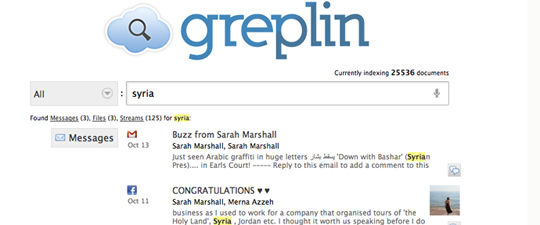Consultant Jim Chisholm gave a jam-packed presentation to the Global Editors Network news summit in Hong Kong today.
His presentation (which I will link to here once it is available) offered plenty of facts and figures about the state of the industry across all platforms, but focused on how improving the approach to digital content can also help provide a secure future for more traditional forms.
Here are just some of the messages I took away from his presentation and comments:
1. We have abandoned circulation
“There is no evidence that the internet is the cause of the circulation decline”, he said. According to the statistics for online given in his presentation the rate of ad spend per hour was £8.20 online but £23.50 in newspapers. And the time spent by the audience consuming media was still top for newspapers, although overall this is in decline.
Television is increasing its share but not time, the amount of time internet is consumed is leveling off. People are not spending more time [consuming news] despite all the platforms available.
Print circulation was also said to maintain a key share of revenues, but he said that it “has been forgotten”.
The reason it’s going down is because nobody cares. It is a really serious problem.
2. Mobile opportunities will be higher than predicted
Chrisholm told the conference that “forecasts suggest by 2017 mobile will deliver around 24 per cent of all digital advertising”, but “the forecasts are wrong”, he said, adding mobile use will be a lot higher.
Mobile is a second evolution.
As well as wireless capabilities mobile offers multimedia and location features that can exploit the personalisation trend. Also looking at tablets, he said growth in this area is “absolutely enormous” adding that Le Monde told him “reading times on tablets are as high as those reading print newspapers”.
3. Newsstands could be the way forward, not paywalls
Put simply, “paywalls will not work”, he told the audience. But the newsstand formula could be the answer.
It will work online if everyone works together [and offers content] all in one place. That is a solution that could work. In a competitive market people can choose to go from one place to another.
4. We need to be more obsessive about analytics
He told the audience of editors that journalists may not like to hear it but “the time has come … we have to be obsessive about analytics.”
Because of our reluctance to take on board the concept of analytics, that’s what’s holding back our ability to develop digital. We are not exploiting the medium in the way it is meant to be exploited.
… The reality is unless traditional news media adopt scientific approach to customer retention and intensity, they’re dead.
In conclusion on the topic of analytics he told the audience of editors “you can all do this,” and added that “tailored content will dramatically transform the industry”.





